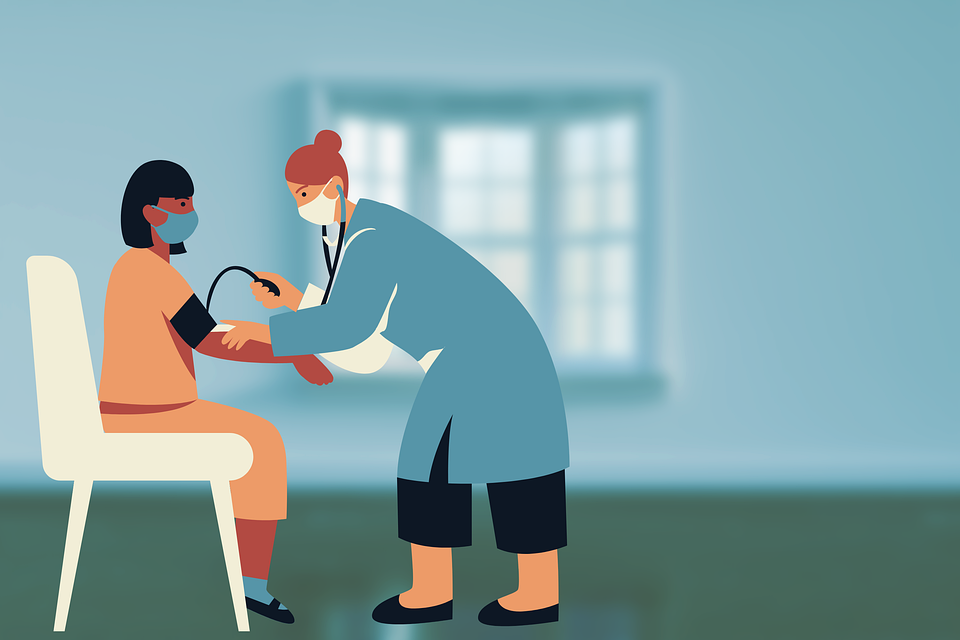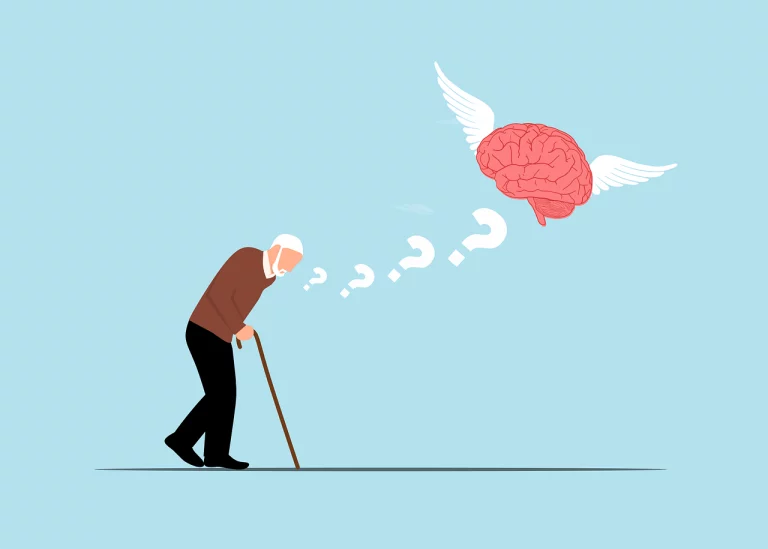Book Appointment Now

Betty Neuman’s Systems Model
Betty Neuman’s Systems Model is a holistic nursing theory that addresses the interplay of various factors influencing patient health. By emphasizing the interaction between the patient, environment, and stressors, it provides a structured approach to maintaining wellness. The model underscores the role of nurses in strengthening a patient’s defenses against internal and external stressors. This article explores the principles, concepts, and applications of Betty Neuman’s Systems Model, offering insights into its relevance in contemporary nursing practice.
Get a custom paper help about Betty Neuman’s Systems Model Theory
Order Custom Nursing Paper
Core Concepts of Betty Neuman’s Systems Model
The model conceptualizes the patient as an open system continuously interacting with internal and external environments. Neuman identified five key variables influencing a patient’s overall wellness: physiological, psychological, sociocultural, developmental, and spiritual.
Also read: Betty Neuman conceptual model
1. The Open System
The central tenet of Neuman’s model is that the patient is an open system in constant interaction with their environment. This dynamic interaction influences the patient’s health positively or negatively.
- Example: A cancer patient undergoing chemotherapy experiences physiological stress from treatment and psychological stress from coping with the diagnosis.
2. Stressors
Stressors are events or conditions that disrupt the system’s balance. Neuman categorizes stressors into three types: intrapersonal (internal factors like anxiety), interpersonal (external factors like family conflicts), and extrapersonal (environmental factors like financial instability).
- Example: A newly diagnosed diabetic may face intrapersonal stressors (fear of injections), interpersonal stressors (unsupportive family), and extrapersonal stressors (cost of treatment).
3. Lines of Defense and Resistance
Neuman’s model includes protective mechanisms to shield the system from stressors:
- Flexible Line of Defense: The first layer, providing temporary protection (e.g., healthy coping mechanisms).
- Normal Line of Defense: Represents the patient’s usual wellness state.
- Lines of Resistance: Activate when stressors breach the normal line of defense, aimed at restoring balance.
4. Prevention as Intervention
The model emphasizes prevention at three levels:
- Primary Prevention: Reducing risk factors to prevent stressor impact.
- Secondary Prevention: Early detection and intervention to minimize harm.
- Tertiary Prevention: Supporting recovery and reducing complications.
Principles of Neuman’s Systems Model
Holistic Approach: Neuman’s model views the patient as a whole, integrating physical, mental, and environmental factors into care planning.
Dynamic Equilibrium: The patient’s health is a dynamic balance influenced by stressors and the effectiveness of their defenses.
Collaboration: Nurses collaborate with patients to identify stressors and implement prevention strategies, fostering empowerment and self-care.
Applications of Neuman’s Systems Model in Nursing Practice
1. Acute Care Settings
In acute care, the model helps nurses assess and address immediate stressors affecting patients.
- Example: For a post-operative patient, the nurse identifies physiological stressors (pain) and implements primary prevention (pain relief) while addressing psychological needs (emotional reassurance).
2. Chronic Illness Management
The model is instrumental in managing chronic diseases, where patients face ongoing stressors.
- Example: A nurse assisting a hypertensive patient may apply primary prevention by educating them on dietary changes and stress management techniques.
3. Community and Public Health
In community settings, Neuman’s model is valuable for designing health programs that address societal stressors.
- Example: A community health nurse working in a low-income area may implement primary prevention programs focusing on nutrition and access to healthcare.
4. Mental Health Nursing
The model’s integration of psychological variables is particularly beneficial in mental health settings.
- Example: A psychiatric nurse can use secondary prevention by identifying early signs of depression and implementing therapeutic interventions.
Also read:Application of nursing theory samples
Benefits of Betty Neuman’s Systems Model
| Benefit | Explanation |
|---|---|
| Holistic Care | Addresses physical, emotional, social, and spiritual needs of the patient. |
| Structured Assessment | Provides a comprehensive framework for identifying and addressing stressors. |
| Prevention-Oriented | Emphasizes proactive care, reducing complications and promoting wellness. |
| Adaptability | Applicable across diverse nursing specialties and patient populations. |
Critiques of Neuman’s Systems Model
While widely celebrated, the model has some limitations:
- Complexity: The holistic approach can be challenging to apply in fast-paced healthcare settings.
- Subjectivity: Identifying stressors and evaluating defense mechanisms may vary among nurses.
- Broad Scope: The model’s comprehensive nature may require adaptation for specific patient needs.
Betty Neuman’s Systems Model is a timeless framework for nursing practice, emphasizing holistic care and the interplay of multiple factors affecting patient wellness. By addressing stressors and focusing on prevention, this model empowers nurses to provide patient-centered care that promotes health and resilience. Its versatility across specialties makes it an invaluable tool for advancing nursing practice.
Take home!: Are you exploring innovative nursing frameworks? Discover how Betty Neuman’s Systems Model can revolutionize your approach to holistic and prevention-focused care. Place your order now






